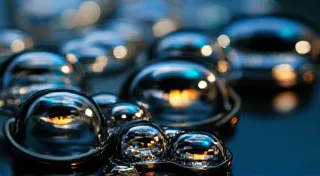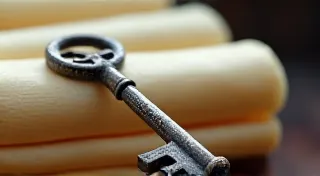The Silken Thread of Memory: Ribbon Collection as Biographical Artifact
We often think of antique typewriters as hulking machines, metal behemoths frozen in time. But within their intricate mechanisms lies a delicate, often overlooked element – the typewriter ribbon. More than just a consumable part, a ribbon is a bridge to the past, a silken thread woven with the echoes of stories told, letters sent, and documents drafted. Collecting and identifying these ribbons isn’t simply a hobby; it's akin to piecing together fragments of personal histories, glimpsing into the writing habits and creative lives of generations long gone.
Consider this: each ribbon carried the imprint of its user's hand, the pressure they applied, the rhythm of their typing. A ribbon used by a novelist might exhibit a faint wear pattern, revealing favored keys or recurring phrases. One used by a clerk would likely display a uniformity born of repetitive tasks. These subtle nuances, often invisible to the casual observer, become eloquent clues when we begin to understand them.
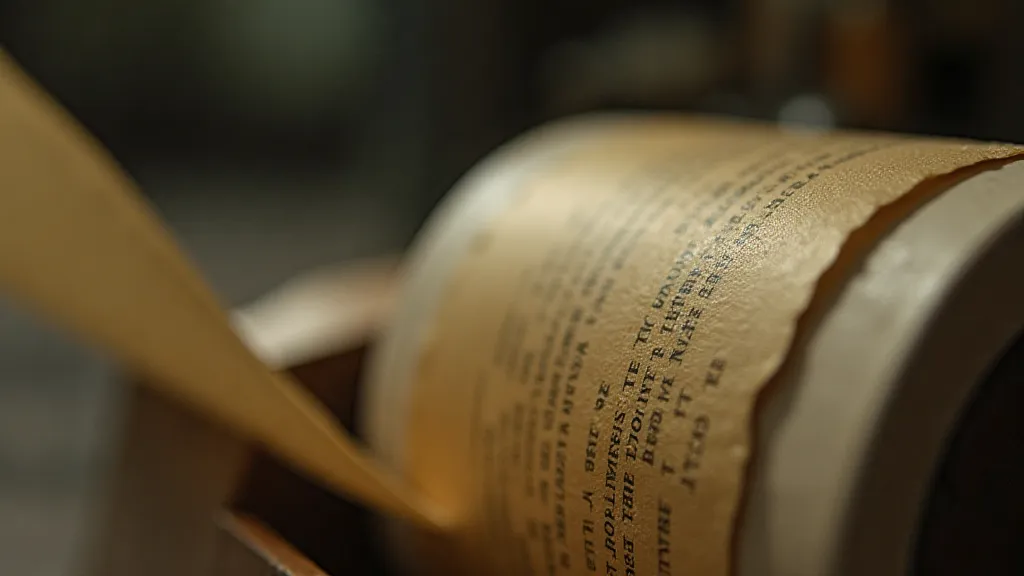
The Colors of a Generation
Identifying antique typewriter ribbons begins with recognizing their colors – and understanding why those colors were prevalent during specific eras. Early ribbons were often black, the standard for formal correspondence and business documents. As manufacturing processes improved, a wider spectrum emerged. Burgundy, a rich, sophisticated hue, gained popularity in the late 19th and early 20th centuries, frequently favored for personal letters and creative writing. Blue ribbons, particularly in shades of royal and navy, started appearing in the mid-20th century, reflecting a shift towards more modern aesthetics.
But the colors themselves aren’t just about aesthetics. Pigment technology evolved dramatically. Early pigments were often derived from natural dyes, resulting in ribbons that faded significantly over time, lending them a distinctive aged appearance. Later synthetic dyes offered brighter, more vibrant colors, but also proved susceptible to deterioration under prolonged exposure to light and air. The degree of fading or discoloration, therefore, becomes another subtle clue in dating a ribbon and understanding its lifespan.
The materials used also varied. Initially, ribbons were woven from silk, prized for its smoothness and ability to produce crisp, clear impressions. These silk ribbons are often noticeably finer and more delicate than later nylon or rayon ribbons. Identifying the material can be challenging without specialized equipment, but a gentle feel and careful examination of the weave can offer valuable insights.
Craftsmanship and Materiality: A Tangible Connection
Holding an antique typewriter ribbon is a tactile experience. The subtle roughness of a silk ribbon, the slight give of a nylon one - these sensations connect us directly to the craftspeople who manufactured them and the users who relied upon them. Before the advent of mass production, ribbons were often made by hand or in small workshops, each ribbon a testament to the skill and dedication of the individual artisan.
Consider the manufacturing process: the careful winding of the silk thread, the precise application of the dye, the meticulous mounting of the ribbon on its spools. These steps demanded a level of attention to detail that is often lacking in today's world of automated production. A cracked spool, a slightly uneven wind, even the presence of tiny, almost imperceptible flaws – these imperfections are not signs of inferiority; they are emblems of a handmade past, a tangible link to a more personal era.
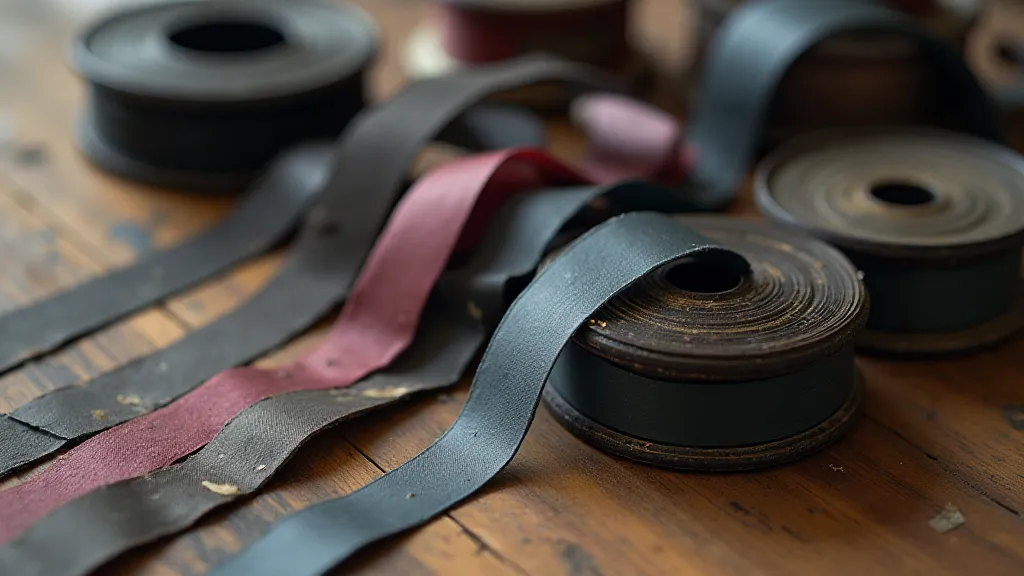
Ribbon Manufacturers: Silent Giants of the Industry
Tracing the origins of a typewriter ribbon can unlock further biographical details. Several manufacturers dominated the industry, each with their own distinctive characteristics. IBM, Underwood, Smith Corona, and Margetty are just a few of the names that appear frequently on vintage ribbons. Understanding the history of these companies, their manufacturing techniques, and their target markets can provide valuable context for interpreting the ribbons themselves.
For example, a ribbon bearing the "Margetty" imprint might suggest a British origin, while an "IBM" ribbon speaks to a connection with the American business landscape. The branding on a ribbon often went beyond just the manufacturer's name; it could include details such as the ribbon's color, length, and intended use. Deciphering these markings requires careful observation and a familiarity with the terminology used by typewriter manufacturers.
Restoration and Preservation: Giving Voice to the Past
The preservation of antique typewriter ribbons is crucial for maintaining a tangible link to the past. While original ribbons are invaluable, they are often fragile and prone to deterioration. Restoration techniques, such as gentle cleaning and careful storage, can help to extend their lifespan. Replacement ribbons are also available, but it’s important to choose those that closely match the original in terms of color, material, and width.
When restoring a typewriter, the choice of ribbon is more than just a practical consideration; it’s a statement about the reverence for authenticity. A vibrant, modern ribbon can detract from the overall aesthetic of a vintage machine, while a carefully chosen replacement can enhance its historical charm. It’s a delicate balancing act, requiring both technical knowledge and a keen eye for detail.
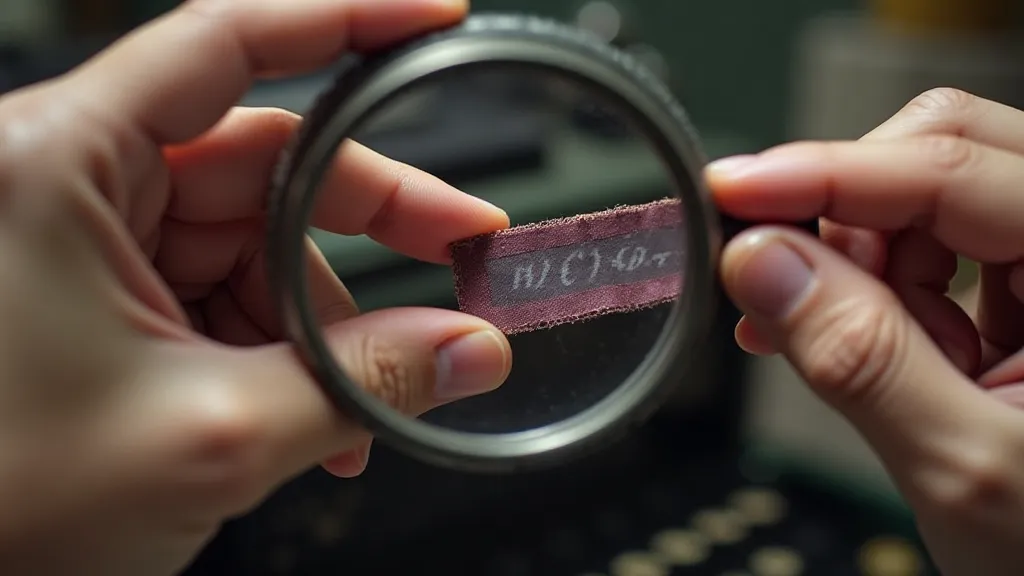
Beyond Utility: The Ribbon as Storyteller
Ultimately, collecting and identifying antique typewriter ribbons is about more than just cataloging parts. It's about uncovering stories. Imagine the countless letters composed on these ribbons, the poems penned, the legal documents drafted. Each ribbon represents a moment in time, a connection to a previous generation. It is a silent witness to the ebb and flow of human experience.
These are more than just pieces of felt and silk; they are whispers of the past, invitations to imagine the lives of those who came before us. The silken thread of memory, preserved in the humble ribbon, offers a unique and profoundly moving glimpse into the human story.


